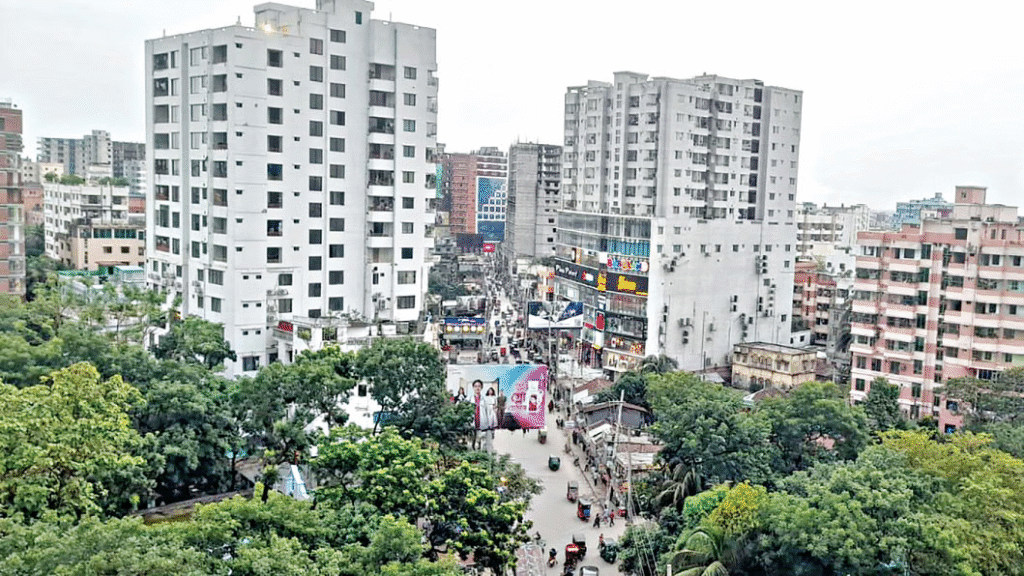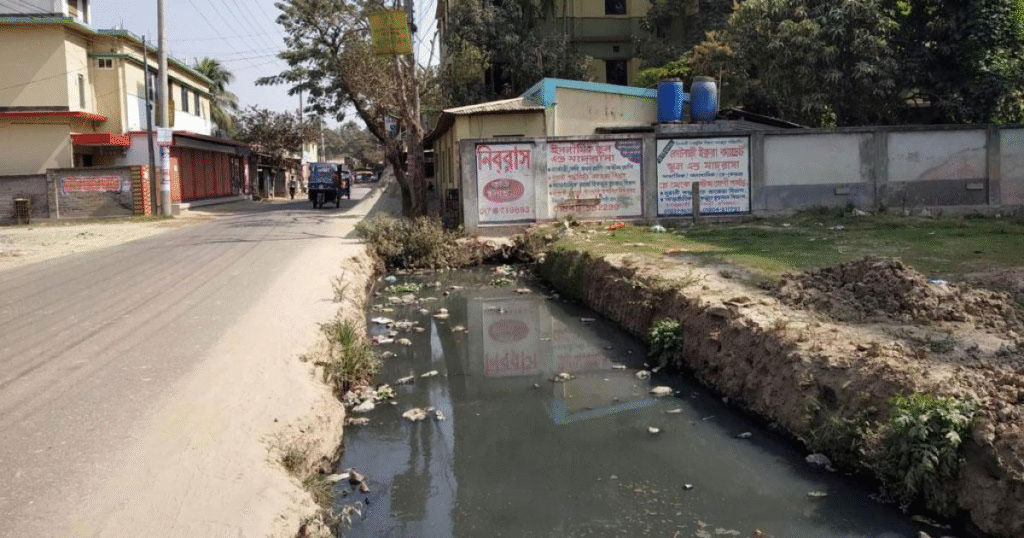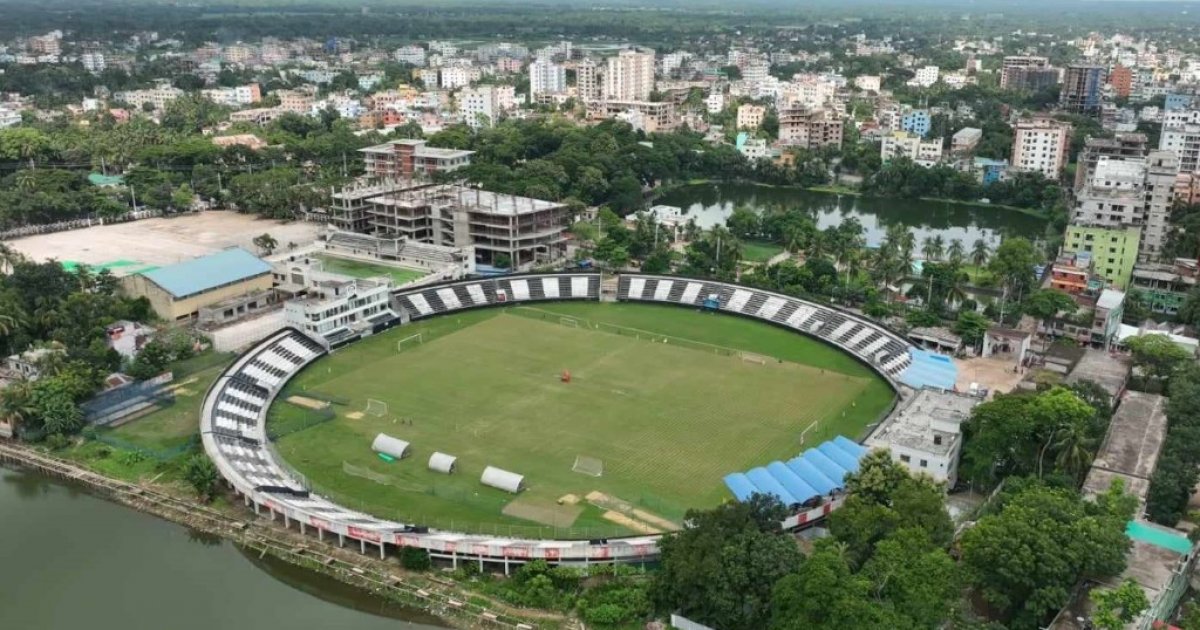Comilla's rapid industrial expansion over the past two decades has transformed the district into an economic hub, generating employment opportunities and contributing significantly to Bangladesh's national GDP. However, behind this façade of development lies an escalating environmental crisis that threatens to undermine long-term sustainability and public health. The city's garment factories, plastic manufacturing units, food processing plants, and jeweler shops are silently polluting our rivers, degrading air quality, and depleting vital natural resources—raising critical questions about whether economic growth is worth the environmental cost.

The Scale of Industrial Growth and Its Hidden Price
The rapid industrialisation of Comilla reflects broader patterns across Bangladesh. The textile and garment industry, which forms the backbone of the district's economy, has emerged as a major contributor to national exports. Yet industrial pollution accounts for 60% of pollution in the Dhaka watershed area, with the textile industry being the second largest contributor after tanneries. While this data pertains to Dhaka, the same dynamics apply to industrial clusters like Comilla, where similar textile manufacturing processes are concentrated.
Recent research reveals high levels of toxic PFAS chemicals in surface and tap water samples collected near industrial areas that are centers of the textiles industry throughout and around Dhaka, suggesting that similar contamination patterns may exist in Comilla's industrial zones. These persistent chemicals accumulate in water systems and pose serious health risks to local communities.

Air Pollution: The Invisible Enemy
According to investigations conducted in Comilla in 2018, approximately 80% of air pollution in the district stemmed from emissions by unfit vehicles—cars, buses, trucks, and taxis—releasing toxic substances including sulphur dioxide, carbon monoxide, and nitrogen oxides. However, industrial facilities have significantly exacerbated this problem. The scale of the national crisis is alarming: air pollution is slashing the average Bangladeshi's life expectancy by 5.5 years, making it the country's deadliest external health risk.
Noise pollution compounds these environmental challenges. Beyond vehicular emissions, industrial machinery, welding operations, and construction activities generate chronic noise that disrupts ecosystems and human health. The cumulative effect of these multiple stressors creates an environment increasingly hostile to human habitation and biodiversity.

Water Contamination and Resource Depletion
Water pollution from Comilla's industrial sector represents perhaps the most severe threat to community welfare. The use of nitric acid in unlicensed jewellery shops—over 50% of which operate without proper environmental clearance—directly contaminates soil, groundwater, and surface water while producing carbon monoxide that damages respiratory systems. Additionally, textile factories consume enormous quantities of water while releasing untreated effluent into local waterways. In Bangladesh alone, 1,500 billion litres of water are used annually in garment factories and mills, depleting the region's dwindling groundwater resources and transporting byproducts and harmful contaminants to nearby water sources.
Only 556 out of 2,220 factories in the industrial district of Gazipur have effluent treatment plants, and of these, fewer than 1% use or maintain the treatment plants, according to industry experts. This alarming statistic suggests systematic non-compliance with environmental regulations across Bangladesh's industrial landscape, likely reflecting conditions in Comilla as well.

Connecting Climate Vulnerability to Industrial Pollution
The situation becomes more dire when considered alongside Bangladesh's climate vulnerability. As documented in recent research, air pollution, unsafe water, poor sanitation and hygiene, and lead exposure cause over 272,000 premature deaths and 5.2 billion days of illness annually. Comilla, already vulnerable to climate impacts like flooding and salinity intrusion in certain regions, faces compounded challenges from industrial pollution that weaken community resilience capacity.
A Path Forward: Regulation and Sustainable Alternatives
Addressing Comilla's environmental crisis requires multifaceted interventions. First, the district's environmental department must strengthen enforcement of existing regulations, ensuring that industrial establishments obtain proper environmental clearances and operate compliant treatment systems. Second, incentive structures should encourage cleaner production methods—an approach successfully piloted in Bangladesh's textile sector through partnerships between the World Bank, IFC, and multinational brands. Such collaborations demonstrate that environmental compliance and business profitability are not mutually exclusive.

Third, investment in environmental infrastructure, including centralised treatment facilities and waste management systems, could reduce individual compliance burdens while improving outcomes. Finally, community awareness campaigns and worker safety programmes are essential for building grassroots demand for change.
Conclusion
Comilla's industrial development has delivered undeniable economic benefits, but this progress is built on an unsustainable foundation of environmental degradation and public health deterioration. The question facing policymakers and citizens alike is not whether to prioritise growth or environment—it is whether sustainable development is possible without both. The time for incremental measures has passed. Bold action combining regulatory enforcement, technological innovation, and stakeholder collaboration is essential to ensure that Comilla's growth does not come at the expense of the next generation's health and survival.
References
Dialogue.earth. (2023, January 26). Garment industry in Bangladesh struggles to contain pollution. Retrieved from https://dialogue.earth/en/pollution/garment-industry-bangladesh-struggles-to-contain-pollution/
Environment and Social Development Organization & IPEN. (2024). Study finds the textile industry in Bangladesh is a significant source of PFAS water pollution. Retrieved from https://ipen.org/news/study-finds-textile-industry-bangladesh-significant-source-pfas-water-pollution
FairPlanet. (2024, April 27). How the fashion industry pollutes our water. Retrieved from https://www.fairplanet.org/story/how-the-fashion-industry-pollutes-our-water/
The Daily Star. (2025, August 28). Air pollution shortens life in Bangladesh by 5.5 years. Retrieved from https://www.thedailystar.net/environment/pollution/air-pollution/news/bangladeshis-losing-55yrs-toxic-air-3972806
World Bank. (2024, March 28). Addressing environmental pollution is critical for Bangladesh's growth and development. Retrieved from https://www.worldbank.org/en/news/press-release/2024/03/28/addressing-environmental-pollution-is-critical-for-bangladeshs-growth-and-development
World Bank. (2017, February 15). How dialogue is shifting Bangladesh's textile industry from pollution problem to pollution solution. Retrieved from https://www.worldbank.org/en/news/feature/2017/02/15/how-dialogue-is-shifting-bangladeshs-textile-industry-from-pollution-problem-to-pollution-solution

